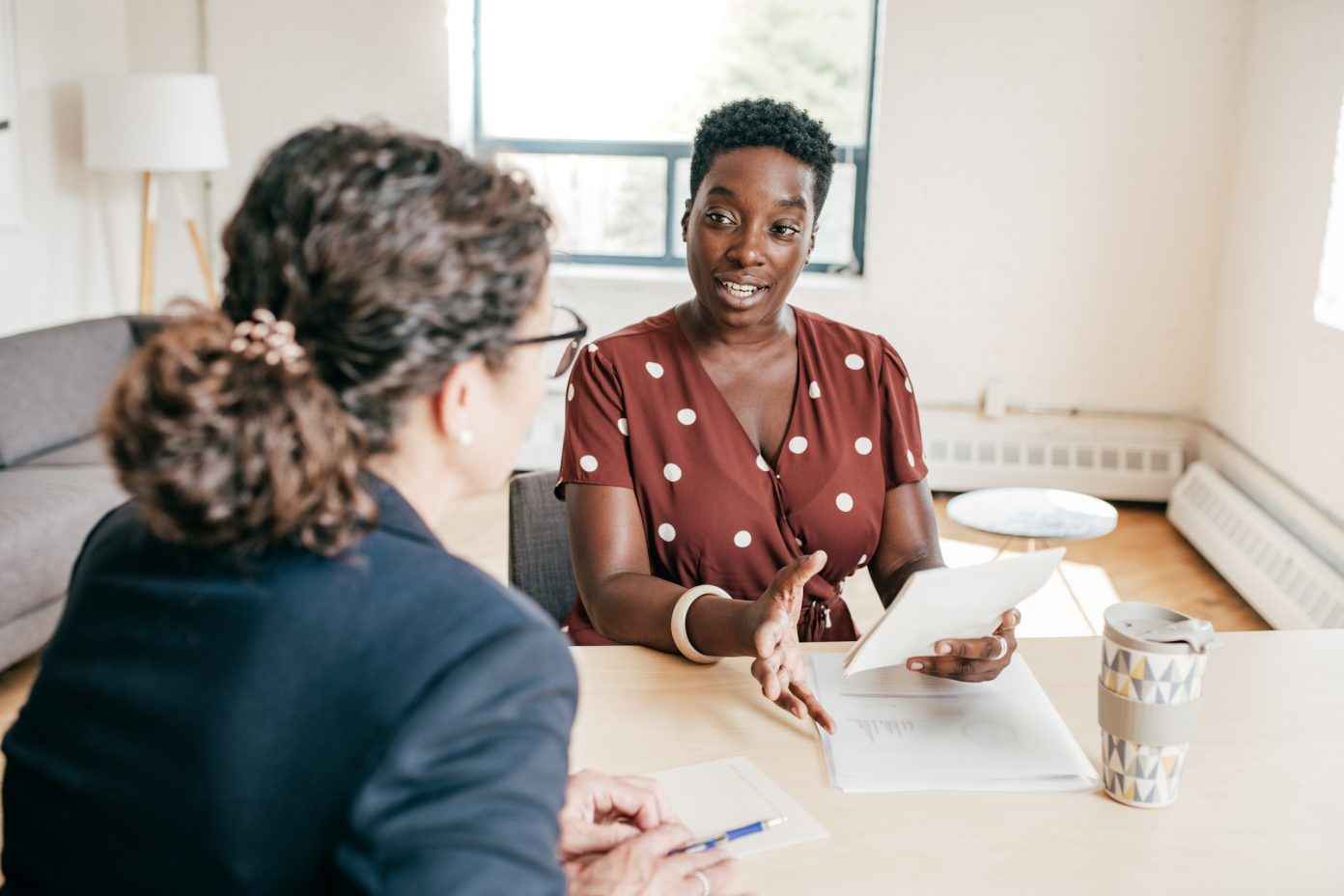Power Sharing, Capacity Building, and Community Leadership: Common Elements of Public Health Practice and Community Lawyering
March 29, 2021
Overview
Community lawyering, also called movement lawyering, is an approach to social justice which de-centers lawyers as the linchpins of change and instead focuses on empowering communities and movements. The updated 2020 10 Essential Public Health Services include core values and activities that are also reflected in community lawyering. Among these priorities are communicating to inform and educate, mobilizing communities and partnerships, supporting laws to advance health equity, and ensuring equitable access to services needed for health.

Beyond these shared core values, there are also many issues that are common concerns among public health practitioners and community lawyers including racism, poverty, housing justice, workers’ rights, and mass incarceration. Building on these mutual values and issues of concern, there are opportunities for partnership and knowledge sharing between community lawyers, public health practitioners, and the communities they serve; and the strengths of each can be leveraged to advance sustainable health equity.
What is Community Lawyering?
Community lawyering emphasizes centering communities as leaders and building networks and capacity. As contrasted to traditional direct legal services, which often frame the lawyer as the omniscient leader and the client as a follower in need, community lawyering uplifts the knowledge and lived experiences of community members and places the lawyer in a support role—responding to the needs and vision of the community, democratizing access to legal information, and partnering with organizers and community members to create lasting change. Community lawyers may not necessarily consider their work a public health activity, but their efforts on issues including housing, workers’ rights, and mass incarceration help to advance health equity and wellbeing.
Common Elements of Public Health Practice and Community Lawyering
Along with having complementary goals, public health practitioners and community lawyers may be able to learn from one another to overcome common challenges and better support communities to effectuate equitable change. Following are common elements that advocates in both fields may employ to build power in the communities they serve.
- Scrutinize the role of organizations in perpetuating systemic inequities. As lawyers and public health advocates work in partnership with communities, they must also work within their own organizations and institutions to identify and address structural inequities. In order to reallocate power to communities, organizations must be open to restructuring and modifying the ways in which they engage with communities and set priorities. In addition, organizations can apply a racial equity approach to internal processes and increase workforce diversity by changing hiring, retention, promotion, and training practices.
- Recognize and address historic inequities. The health and legal professions have histories of racism, ableism, sexism, and other forms of discrimination, and there is a power imbalance between the professions and marginalized communities. Thus, it’s important that advocates acknowledge the justified reasons for a community’s distrust of certain professions and institutions and directly address past and ongoing harm. Likewise, advocates must approach their work in a trauma-informed manner to validate community trauma, build trust, and reduce opportunities for re-traumatization.
- Share power by facilitating access to information. The community lawyering approach emphasizes democratization of legal information through tools such as know-your-rights trainings, community resource guides, and materials translated into different languages. The success of public health activities likewise depends on effective communication of accurate and accessible information and transparency regarding public health threats and disease distribution. The democratization of information, whether legal or health-related, can empower communities, build trust between communities and governmental and non-governmental partners, and develop advocacy networks.
- Follow the lead of community members and facilitate public participation at every stage. A prime example of the ways in which public health methods can mirror community lawyering strategies is community-based participatory research. This research approach involves community members in all aspects of a project, empowering them to shape the research and contribute expertise. This approach is similar to community lawyering in that lawyers embed themselves in communities and community members—whose lived experience is recognized as expert knowledge—together with organizers frame the advocacy goals.
- Partner with community organizers to build a network of allies and a community organizing infrastructure. Because community organizing tools and strategies may be employed both offensively and defensively—i.e., to create positive change and to prevent negative change—it’s important to develop and maintain community organizing infrastructure before a pressing need arises. Public health advocates and lawyers seeking to build power in the communities they serve can draw lessons from community organizers to engage with community members and build authentic, sustainable relationships.
The goals of community lawyering and public health—broadly, social change and health equity— are mutually reinforcing, and the work of community lawyers and public health practitioners and researchers, symbiotic. Public health practitioners focused on improving the social determinants of health and building trust with communities can learn from community lawyers. And community lawyers can partner with and leverage the strengths and experiences of public health practitioners to advance community priorities. Innovative interdisciplinary approaches are vital to improving health outcomes, and viewing seemingly non-health related efforts through a public health lens can open the door for partnerships, knowledge sharing, and more equitable communities.
This post was developed by Susan Fleurant, Senior Legal Researcher, Network for Public Health Law–Mid-States Region Office and J.D./M.P.H Candidate, University of Michigan (2022), and reviewed by Colleen Healy Boufides, J.D., Deputy Director, Network for Public Health Law–Mid-States Region Office.
The Network for Public Health Law provides information and technical assistance on issues related to public health. The legal information and assistance provided in this document do not constitute legal advice or legal representation. For legal advice, readers should consult a lawyer in their state.
Support for the Network is provided by the Robert Wood Johnson Foundation (RWJF). The views expressed in this post do not represent the views of (and should not be attributed to) RWJF.
